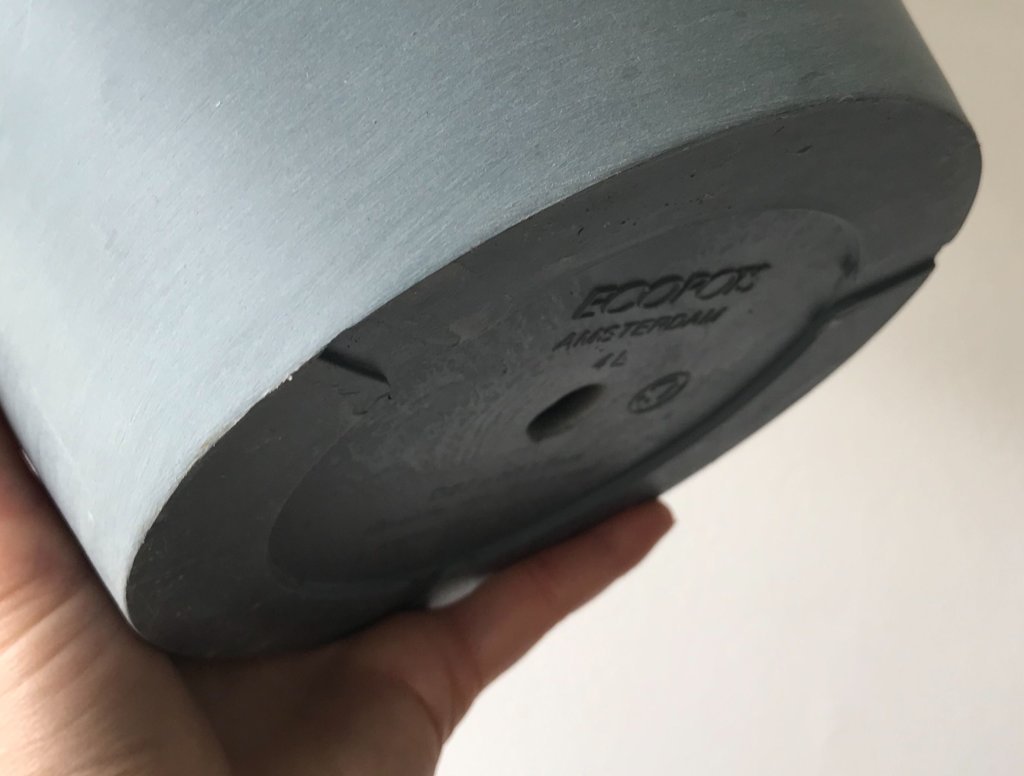How to Repot Your Houseplants
for Bloomscape
To promote continued growth and root health, it’s important to know how and when to repot your houseplants. The average healthy houseplant will outgrow its container and need to be repotted at least once in its lifetime.
If you’re new to plant parenthood, repotting can be intimidating, but we’ve got you. Read our step-by-step guide on transferring your plant to a larger home.
How do I know if my houseplant needs a new pot?
You’ll know it’s time to repot your plant when you notice roots creeping up along the top of the soil, or if you see roots growing through the drainage hole at the bottom of the pot. Both are signs that your plant may be root-bound and needs more space.
Another indication of when it’s time to repot is when water rushes through the pot and out the drainage hole quickly during watering. This shows the roots are taking up too much room in the current pot, and there is not enough soil to absorb water.
Now that you’ve determined your plant needs repotting, let’s take it step by step.
Step 1: Select a bigger pot
Select a pot that is approximately 2” larger than the current pot and contains drainage holes. If your new pot is more than 2” bigger than the existing pot, there may be too much soil for the roots to use, causing the soil to remain wet for too long after waterings, which can lead to root rot.
Step 2: Fill new pot with soil
Fill the new pot one-third of the way full with fresh potting soil.
Step 3: Remove plant from current pot
Gently slide the plant from its current pot. You may need to gently shake the plant to encourage the roots to come along or use a soil knife. With sharp scissors or pruning shears, cut back any dead, mushy, or discolored roots. Wipe the blades with rubbing alcohol between each snip.
Step 4: Add plant to new pot
Place the plant in the center of the new pot, positioning the top of its root ball a few inches below the top of the pot.
Step 5: Add soil and secure
Fill the rest of the pot with soil, covering the root ball completely. Gently tamp the soil down around the roots. A soil scoop or hand trowel can come in handy for this step.
Step 6: Water thoroughly
Finally, water the plant thoroughly using a watering can until the water flows freely from the drainage hole in the bottom of the pot.
Step 7: Give it a rest
Allow the plant to rest so that all the water can drain before placing it on its new saucer, making sure there is no water collecting in the saucer.
Plant Mom Pro-Tip:
Your new pot must have a hole in the bottom for excess water to drain onto a saucer. A plant in a pot without drainage is much more susceptible to root rot or death from overwatering.
Need Help?
If you’re still nervous to repot your plants or have additional questions, Plant Mom is here to help. Contact Plant Mom’s care team for expert advice on any plant care issue, including repotting, watering, fertilizing, and more.




